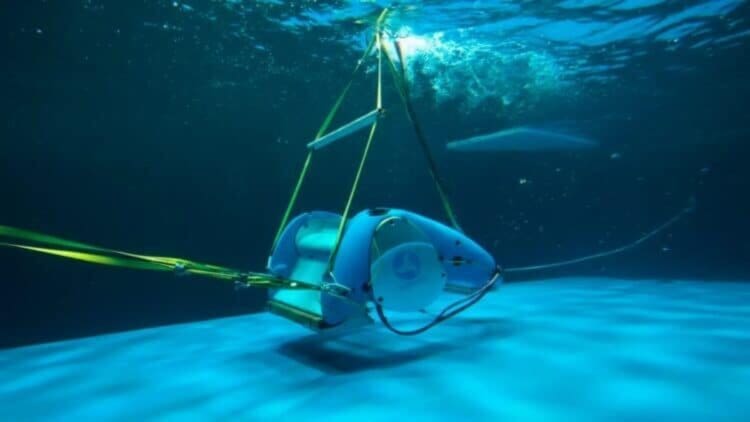Imagine generating 20 MW of energy at home with just water. Now that may very well be the clean and cost-effective solution that we need. Although hydroelectricity has been known for quite a while, it was always only accessible on much smaller scales. Thanks to Waterotor by Waterotor Energy Technologies Inc., we now have a hydrokinetic turbine that looks at using slow-moving water currents. The model proposed by Waterotor is a hybrid one that can generate 20 MW, showcasing a great leap for sustainable power.
Touching on a 19th-century dream set in Cragside
The use of hydroelectricity to generate power first began in 1878 in Cragside in Northumberland, England. The start of trying to understand the power of hydroelectricity happened at the time when water was used to illuminate a single lamp in an art gallery. Thereafter, in 1882, in Appleton, Wisconsin, hydroelectricity was used to generate power for a business as well as a home.
While the occurrences in Cragside and Wisconsin can be seen as pioneering events for hydroelectricity, the scale at which hydroelectricity was used was rather limited. Waterotor has recently come into conversation by proposing the idea that water can be generated from slow currents of 2 mph. Water with slow currents was initially believed to be an unusable source of water that would not work for generating electricity.
The Waterotor hybrid model is being put forward
More than just a technological innovation, it is a scalable and practical solution set to deliver 20 MW of clean power. Being able to achieve 20 MW of power is all because of the modular deployments, whereby 20 units can be shipped as one ISO container. The best part is that all 20 units can be assembled at the respective site. With concrete and sand, users can anchor the unit in place.
Waterotor has been specifically created to function in slow-moving water, in such a way that no harm is caused to marine life at all. The blades of the Waterotor can rotate with the water flow in unison, without posing a threat to marine life. Being made of corrosion-resistant material, the blades can work well even in saltwater environments.
Waterotor can capture more or less 60% of kinetic energy from water currents, and in some water environments, there is an 85% efficiency rate. Such performance is still unmatched in this respective market.
Tests show that the future of sustainable energy lies in the water
Waterotor is one such transformative solution that results in zero emissions, causing no harm to marine life, and generating power continuously as opposed to alternative clean energy solutions like wind and solar power. Waterotor has gone through intense third-party trials and has seen over $25 million being invested in development. America’s historic hydroelectric dam, 90 years later, proves that we are not entirely new to the concept of “hydroelectric.”
The results from real-world testing of the Waterotor show:
- Reliable water performance under real-world conditions, as proven by Canadian Navy testing.
- Waterotor proved to be an environmentally safe, sustainable, and suitable solution across a range of aquatic environments, as shown by Memorial University’s Marine Institute.
- Waterotor generates power at $0,05-$0,10 per kWh.
Waterotor testing proves that this may very well be the transformative solution that the world seeks. Causing no harm to marine life, producing zero emissions, and generating power continuously, this is surely an optimal solution.
Heading towards an energy future dominated by Waterotor
Closing the 143-year gap towards achieving sustainable power from water, the Waterotor is drawing inspiration from Cragside’s achievement of the single arc lamp. Now, gaining power from water will result in 20 MW of clean and scalable electricity. Waterotor is not only looking at pioneering inventions from 1882, but is also allowing us to retrieve power from water from the comfort of our homes. Even Archimedes predicted the end of solar panels with an invention that generates 1,000 times more energy, by using only wood and water.





